Learn Sign Language – Basic Sign Language Lessons for Everyone
£2.20
Think of the difference it could make in your life if you could improve on you nonverbal communication skills:
– While other languages are slowly disappearing, sign language remains to grow year by year.
– You’ll be able to communicate with other people who don’t understand your dialect.
– You can understand the communicate your message with the deaf and the mute.
– More and more employers are looking for qualified applicants who know sign language.
The possibilities are endless!
The Learn Sign Language book helps you achieve growth in your nonverbal communications skills. This book will teach you the basics that you need to learn which can serve as a stepping stone to mastering sign language.
Use Learn Sign Language as a reference book or a study guide so you can discover the world of sign language.
Read more
Additional information
| Language | English |
|---|---|
| File size | 1718 KB |
| Simultaneous device usage | Unlimited |
| Text-to-Speech | Enabled |
| Screen Reader | Supported |
| Enhanced typesetting | Enabled |
| X-Ray | Not Enabled |
| Word Wise | Not Enabled |
| Sticky notes | On Kindle Scribe |
| Print length | 38 pages |

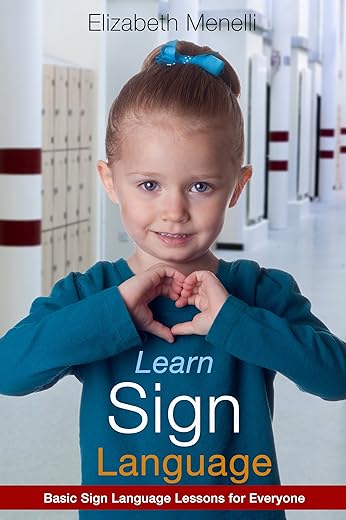

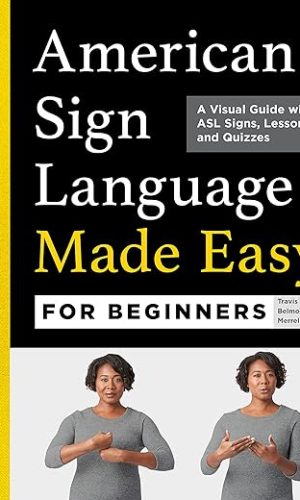

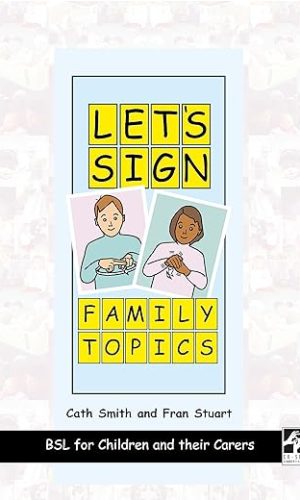
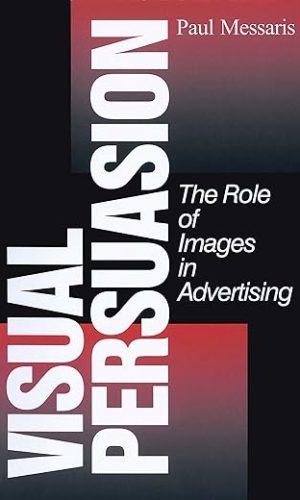
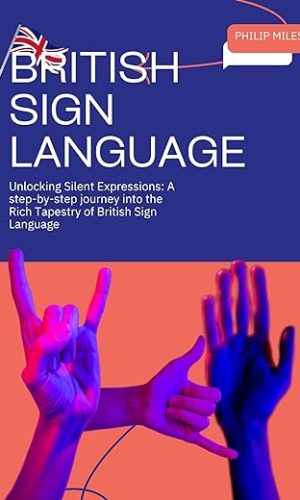

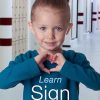
by Tam
Literally is just numbers and letters, no words etc
by V. Johnson
I’m 71 and decided to teach myself sign language,I thought it best to learn the alphabet first,this book is brilliant,I would recommend it to anyone of any age
by v deacy
sorry I ordered it by mistake .
by Sandra
Is good
by Myrrien
Not as expected. This book was not a discussion of body language or sign but only the asl alphabet. Not much use in the UK where bsl is the norm.
by Mary
The problem with this book is obvious from the title. I have noticed that when something comes up saying it is ‘Sign Language’ but not specifying which one, it is always ASL. Non signers often imagine ASL is some kind of universal language. It’s not. . ASL is very useful in America, however, it is barely used outside of America. Learning American Sign Language is not ‘For Everyone,’ it’s for people wanting to speak an American language, laudable of course, but not much use if you need to learn the native sign languages of any other country in the world. There is no universal sign language anymore than there is a spoken one – learning ASL because a lot of people on a different continent use it is no more practical than learning Mandarin to communicate in Europe, ‘because it’s statistically more common than (x) language.’ Where I live we have BSL, NISL and ISL all used in various different dialects, with gender differences in ISL, different terms and idioms in all of them, just like in any spoken language. A ‘one size fits all’ approach to sign language is reductive, simplistic, insulting – and most of all not true.